Your Clinic
SET A LOCATION
Your Clinic
SET A LOCATION
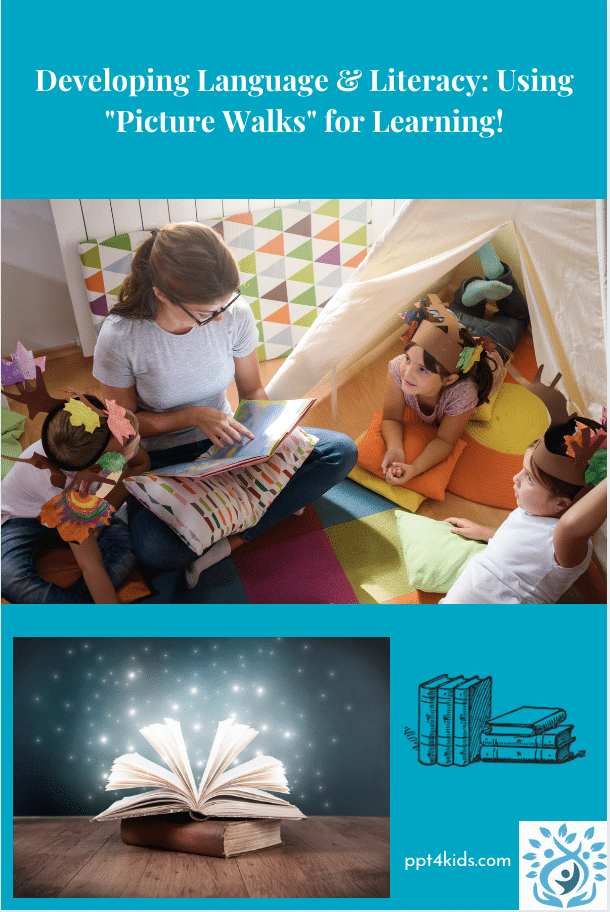
Early language and literacy development begin in the first three years of life. Language development refers to a child’s emerging receptive skills – the ability to listen to and understand language and expressive skills – the ability to use language to communicate ideas, thoughts, and feelings. Literacy development refers to the knowledge and skills that are the foundation for reading and writing . Literacy development is embedded within the child’s language development. Reading books aloud to children helps them develop language and listening skills, prepares them to understand the written word, expands their understanding of the world, and stimulates their imagination.
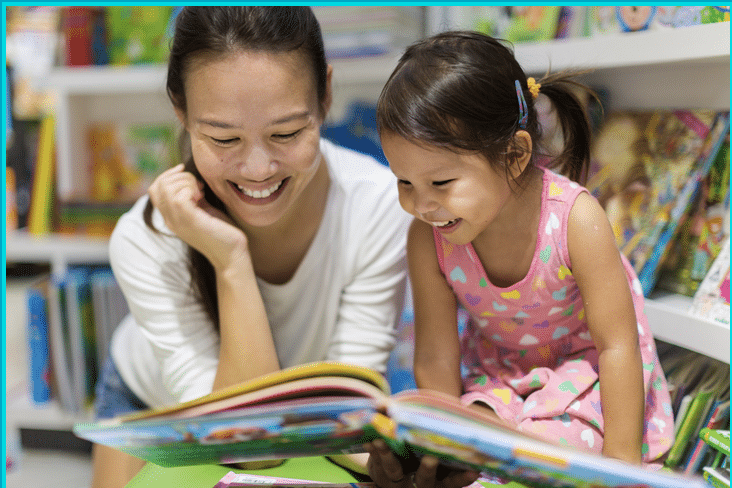
Picture walks are done prior to reading the book. Before opening the book, show your child the cover and read the title. Ask them what they think the story will be about based on what they see. Then slowly go through the book, page by page, without reading any words. Tell your child that right now you’re only going to look at just the pictures and try to guess what is happening in the story. Ask your child questions about each picture they see. For example:
“What is the dog doing?” “Who is this?” “Why are they running?” “Where are they going?” “When did this take place?” “How do you think the story will end?”
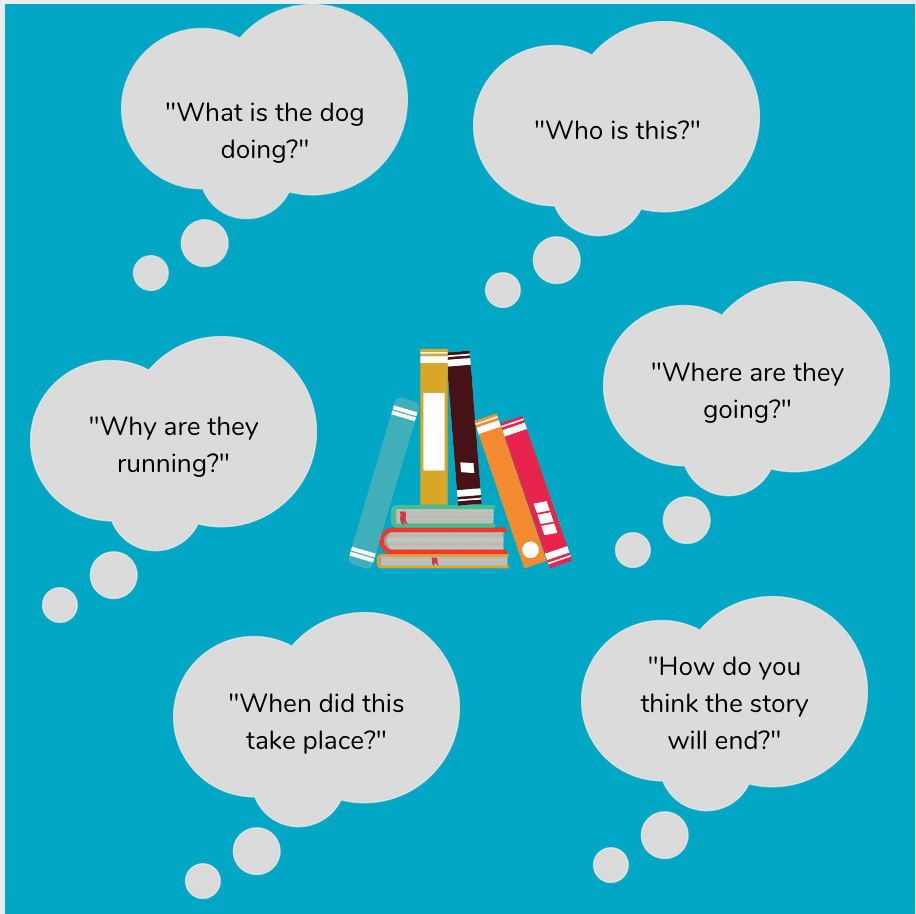
This will allow you to engage your child’s imagination and participation. Make sure your questions are vague so that they don’t give away the storyline. Follow-up their responses with statements and questions that encourage your child to think about what they have said: “You might be right!” or “How can you tell?”.
Once the picture walk is done, start the read-aloud. Have short discussions about what is actually happening in the story. You can then have your child retell you the story or “write” about the story through drawings. You can show your child that reading and writing can be fun and a part of everyday life!
Check out the video below to see “picture walks” in action!
El desarrollo temprano del lenguaje y la alfabetización comienza en los primeros tres años de vida. El desarrollo del lenguaje se refiere a las habilidades receptivas emergentes de un niño : la capacidad de escuchar y comprender el lenguaje y las habilidades expresivas, la capacidad de usar el lenguaje para comunicar ideas, pensamientos y sentimientos. El desarrollo de la alfabetización se refiere al conocimiento y las habilidades que son la base de la lectura y la escritura . El desarrollo de la alfabetización está integrado en el desarrollo del lenguaje del niño. Leer libros en voz alta a los niños les ayuda a desarrollar el lenguaje y las habilidades auditivas, los prepara para comprender la palabra escrita, amplía su comprensión del mundo y estimula su imaginación.
Se realizan caminatas de imágenes antes de leer el libro. Antes de abrir el libro, enséñele a su hijo la portada y lea el título. Pregúnteles de qué creen que se tratará la historia según lo que vean. Luego, lea lentamente el libro, página por página, sin leer ninguna palabra. Dígale a su hijo que en este momento solo verá las imágenes y tratará de adivinar lo que está sucediendo en la historia. Pregúntele a su hijo sobre cada imagen que vea. Por ejemplo:
“¿Qué está haciendo el perro?” “¿Quién es?” “¿Por qué están corriendo?” “¿A donde van ellos?” “¿Cuándo sucedió esto?” “¿Cómo crees que terminará la historia?”
Esto le permitirá involucrar la imaginación y participación de su hijo. Asegúrese de que sus preguntas sean vagas para que no revelen la historia. Haga un seguimiento de sus respuestas con afirmaciones y preguntas que animen a su hijo a pensar en lo que ha dicho: “¡Puede que tengas razón!” o “¿Cómo puedes saberlo?”.
Una vez que haya terminado la caminata de imágenes, comience la lectura en voz alta. Tenga discusiones breves sobre lo que realmente está sucediendo en la historia. Luego, puede pedirle a su hijo que le vuelva a contar la historia o que “escriba” sobre la historia a través de dibujos. ¡Puede mostrarle a su hijo que la lectura y la escritura pueden ser divertidas y formar parte de la vida diaria!
¡Mire el video a continuación para ver las “caminatas de imágenes” en acción!
The post Developing Language & Literacy: Using “Picture Walks” for Learning! appeared first on PPT4Kids.



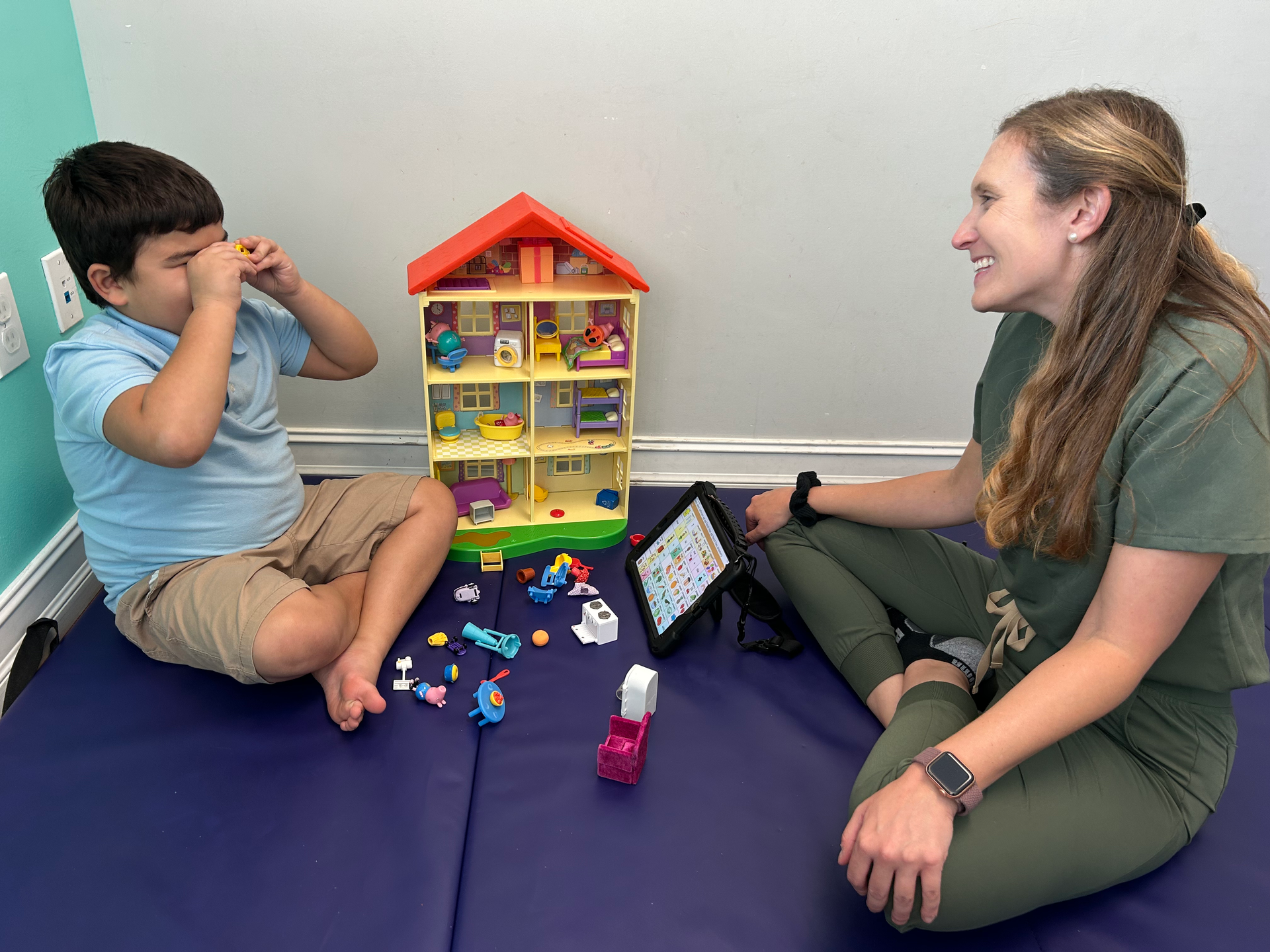
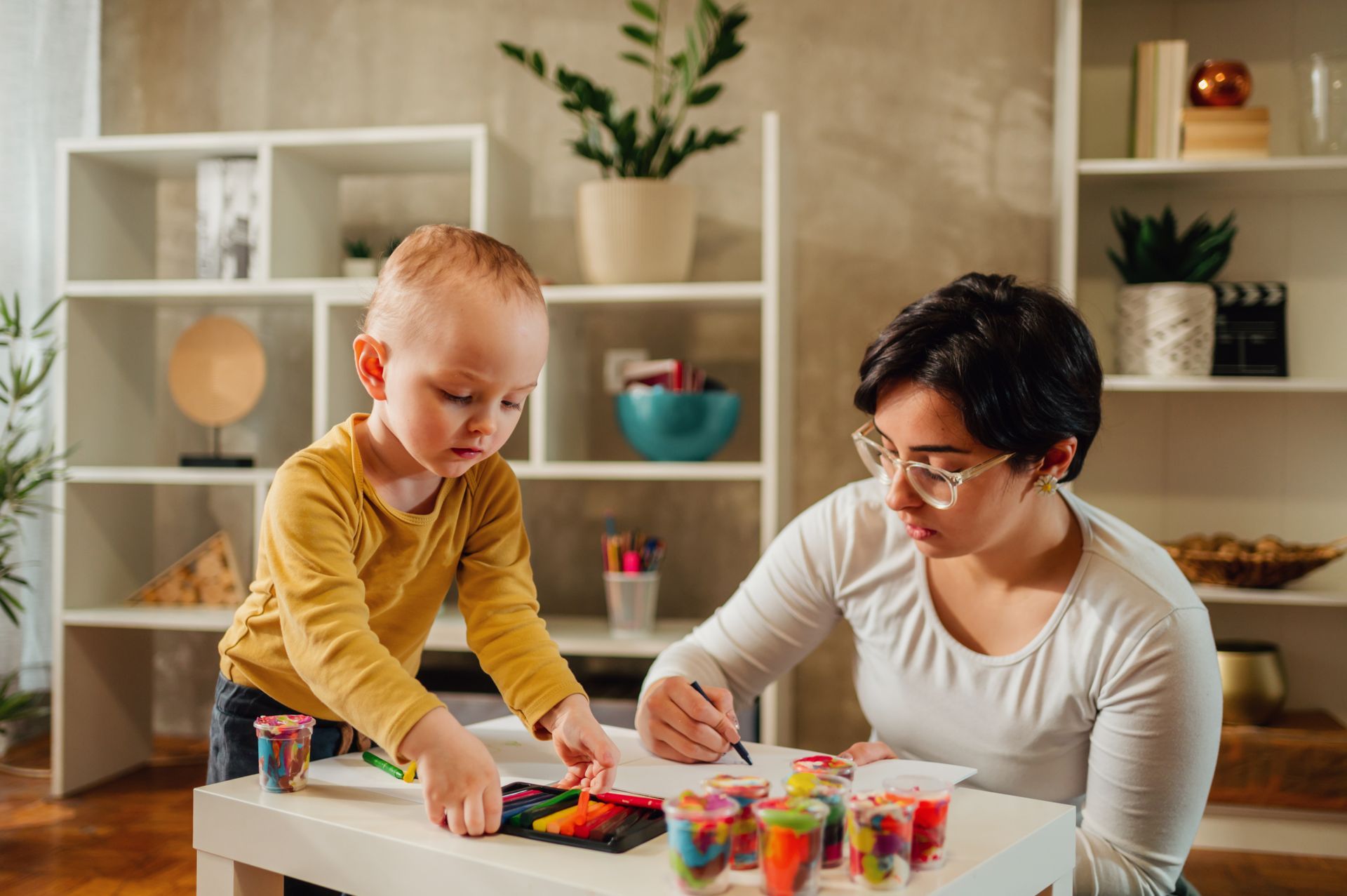
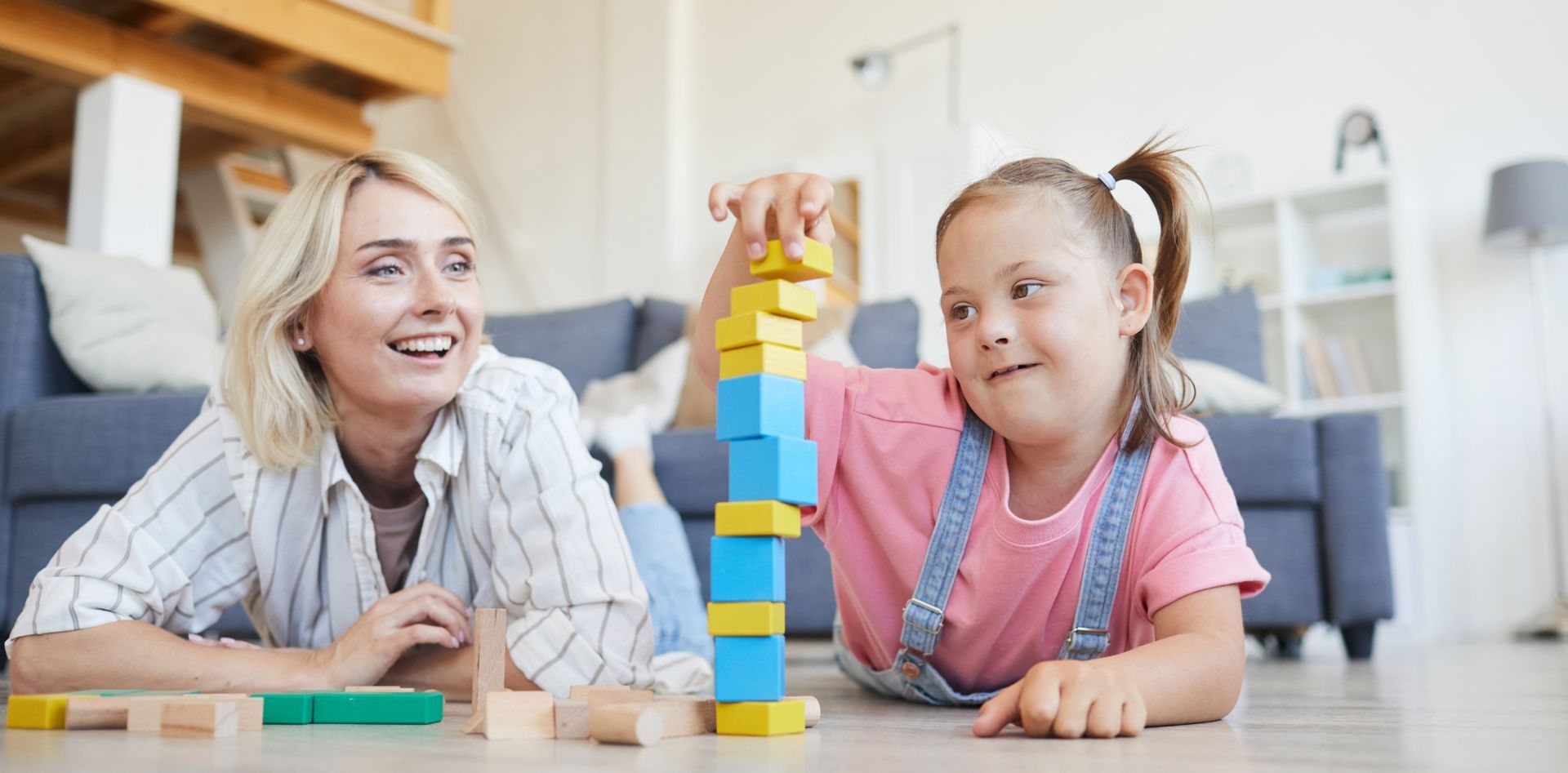
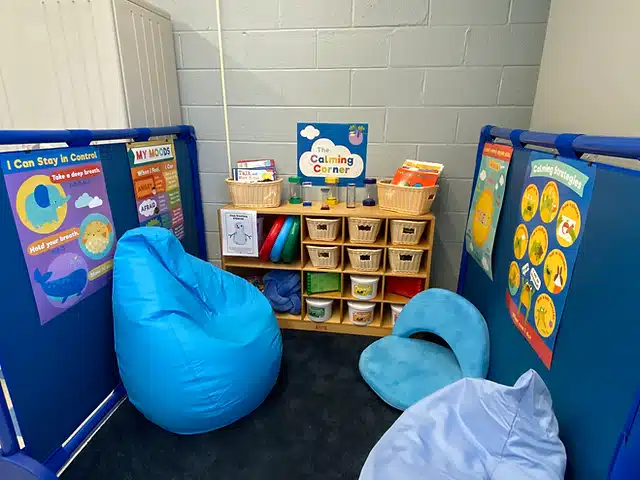
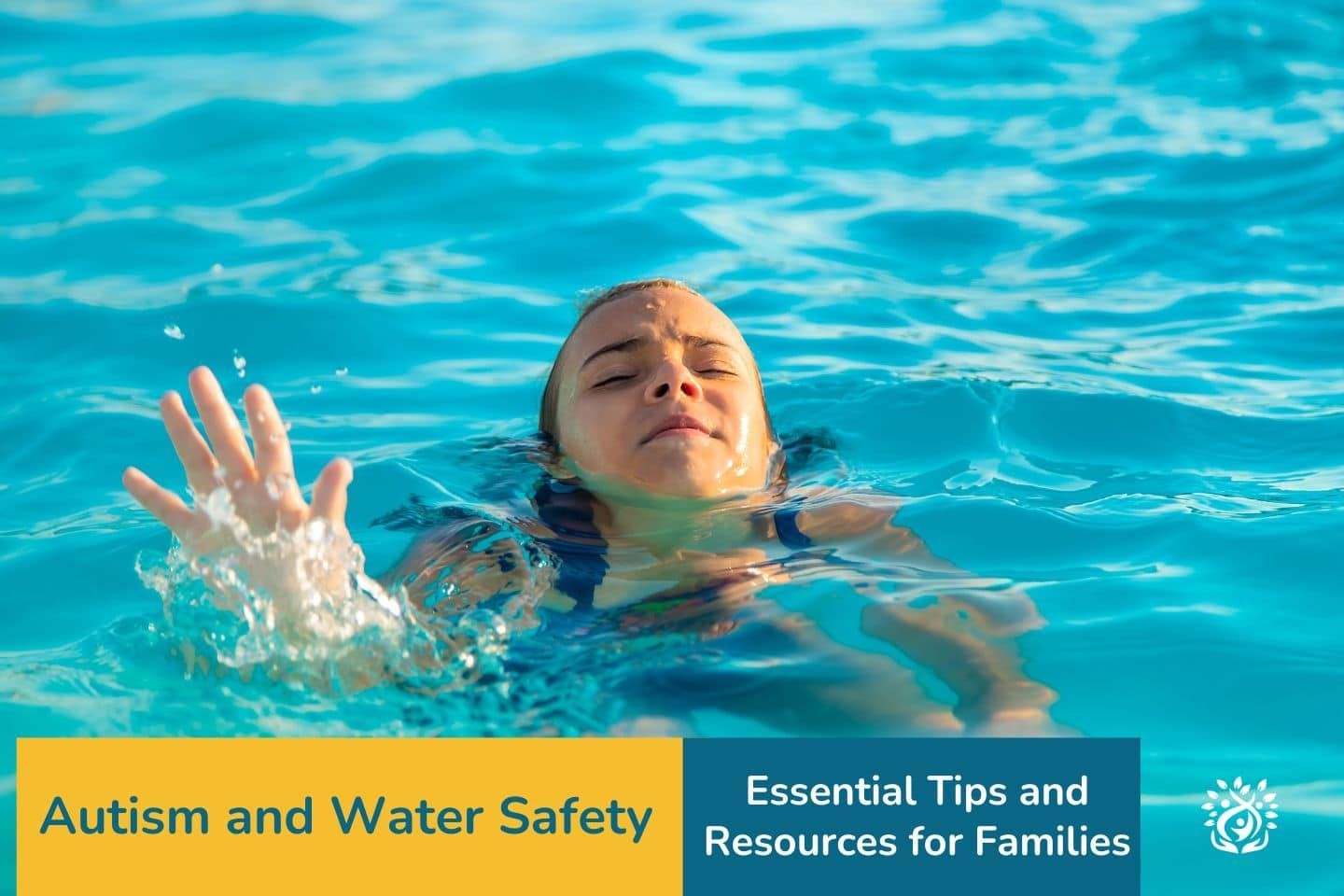
We empower children, families, and the community to learn, grow, and celebrate every child's unique abilities.
Quick Links
Clinic Locations
All Rights Reserved | Progressive Pediatric Therapy, Inc. | Privacy Policy | Terms of Service
Site by Spearlance